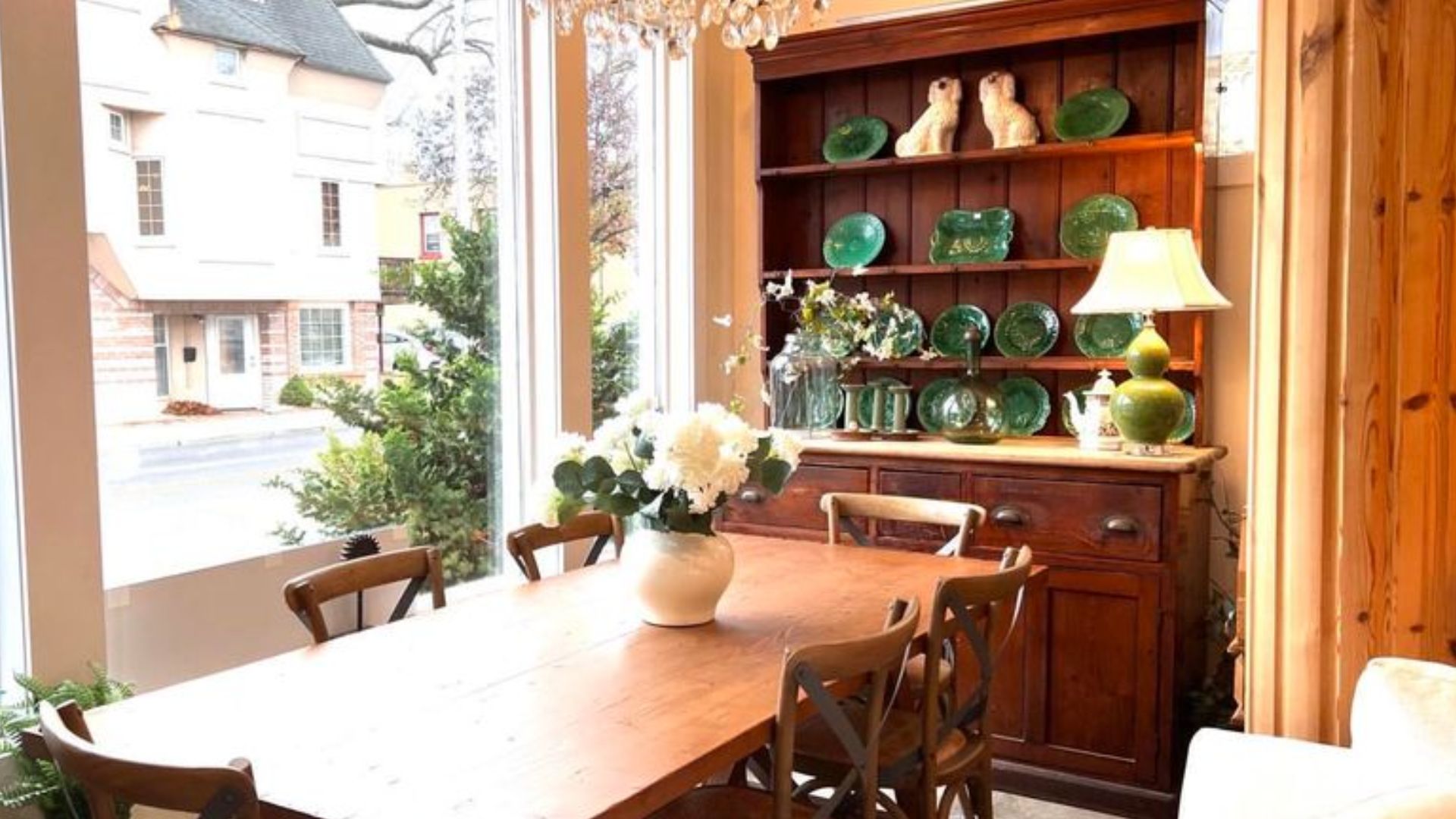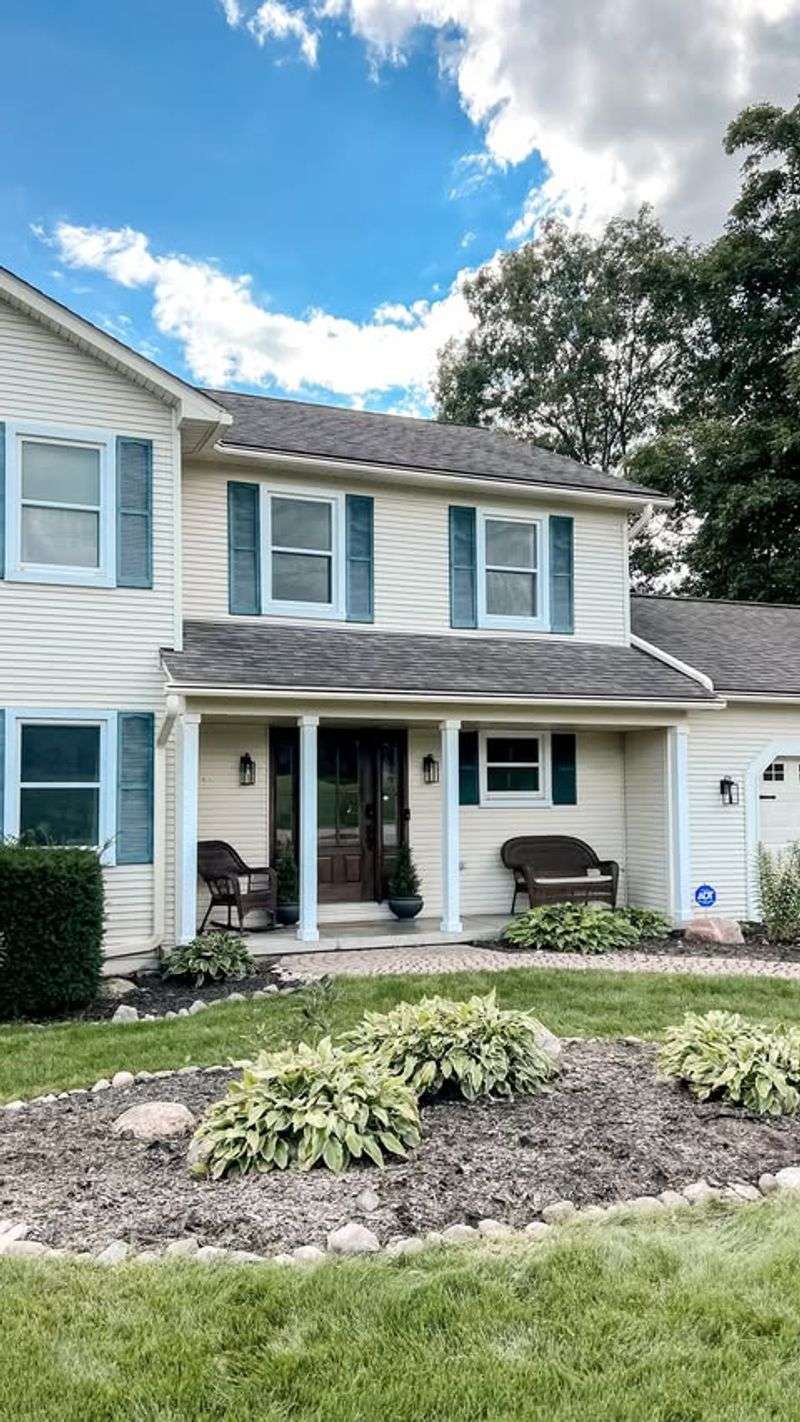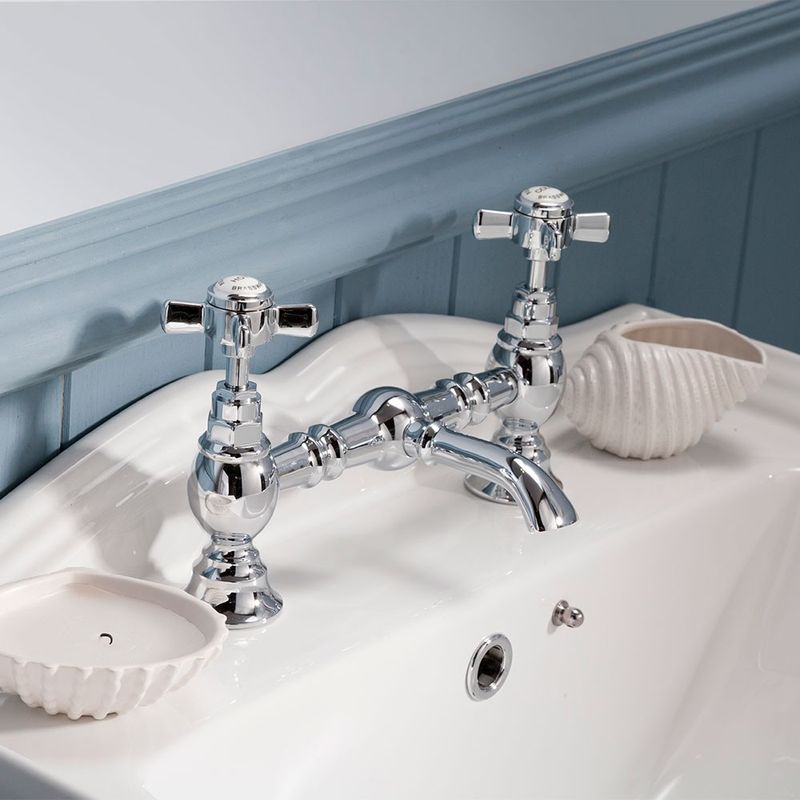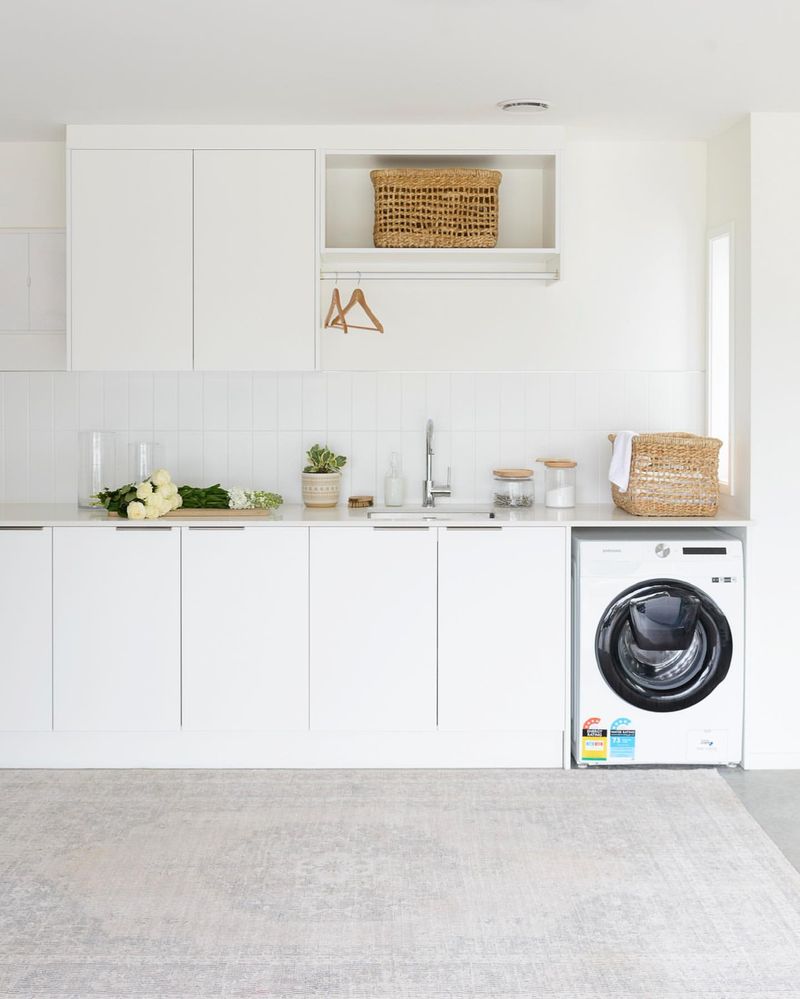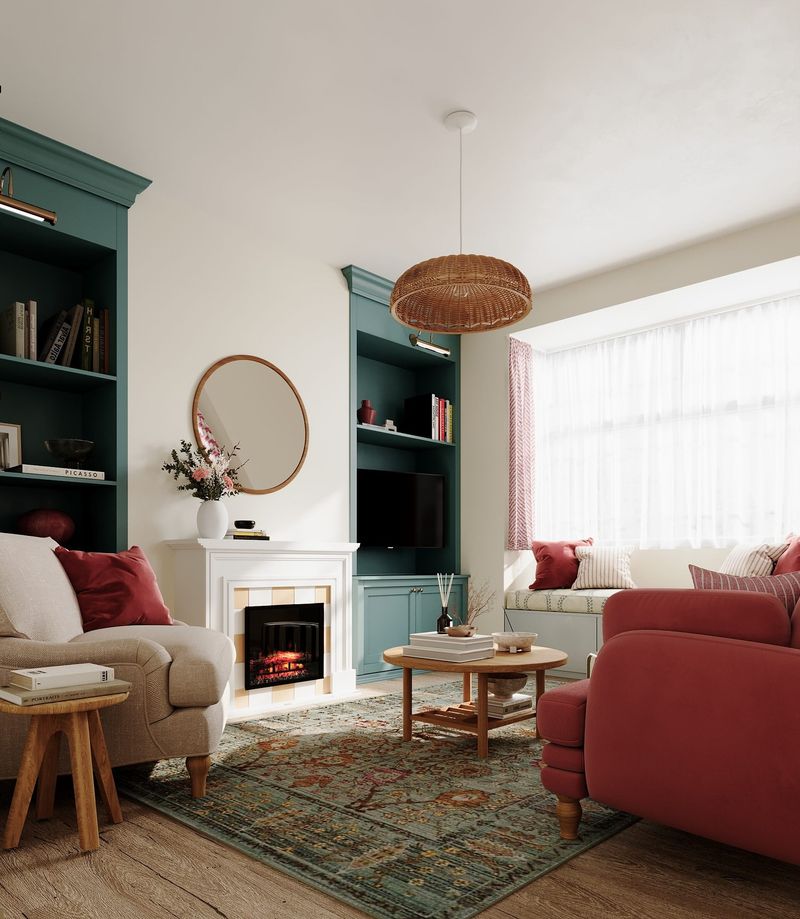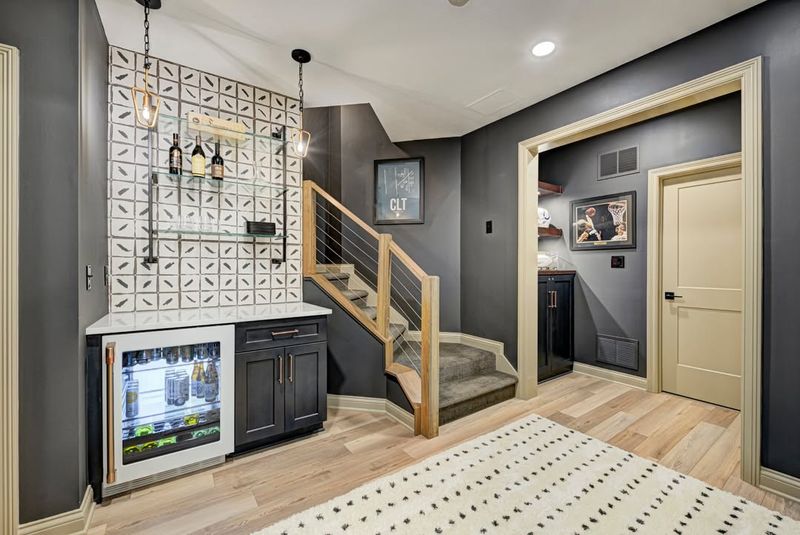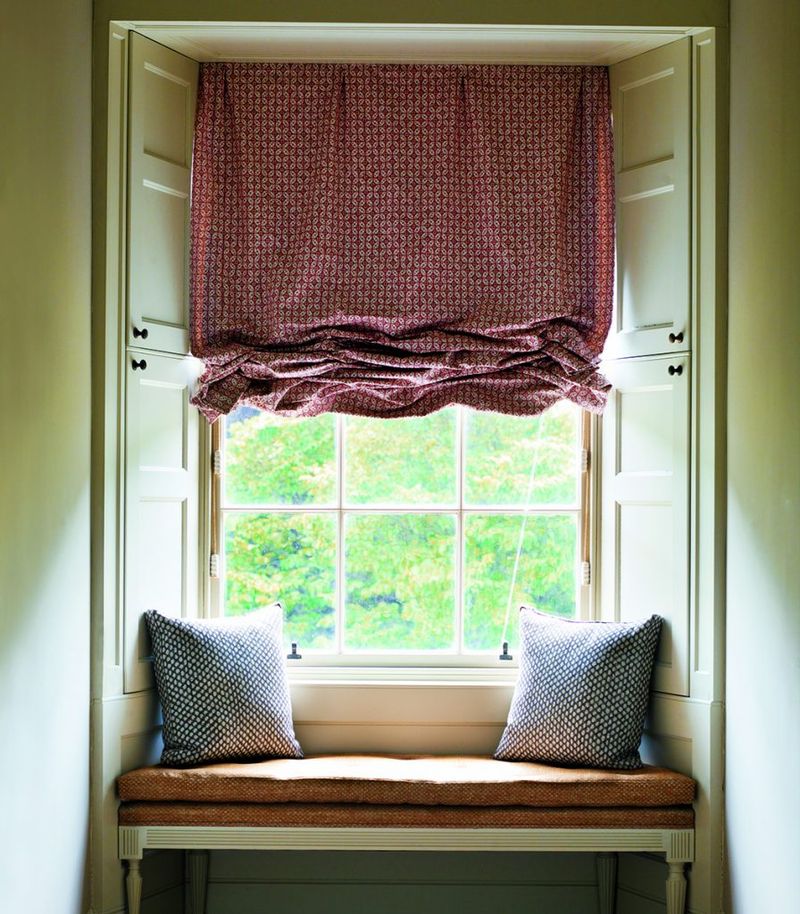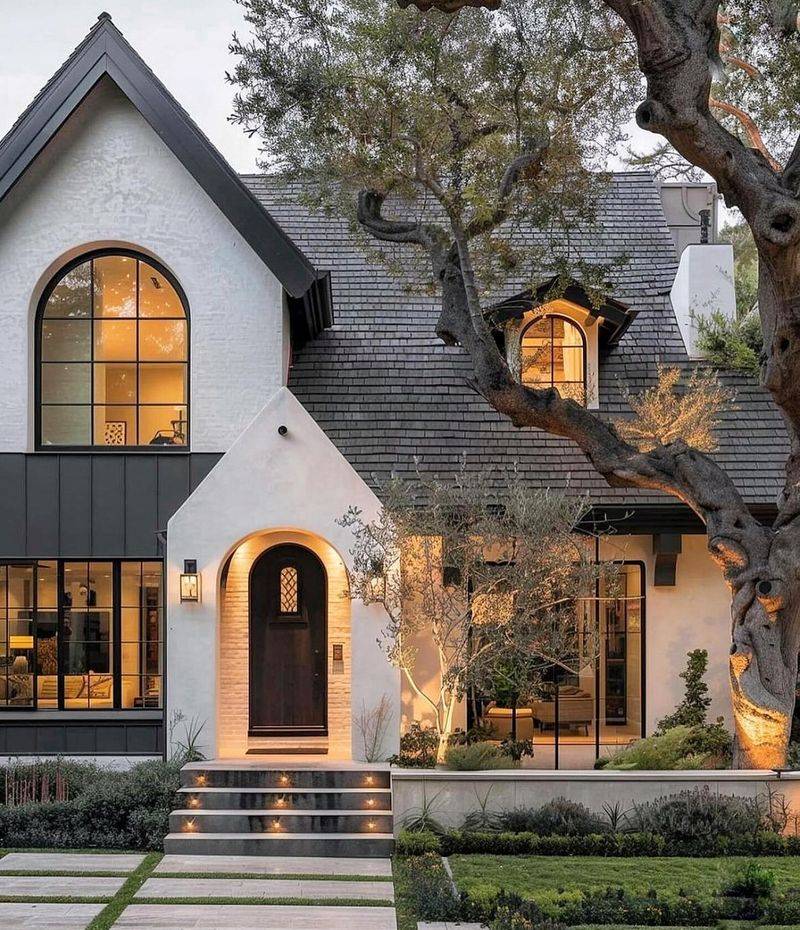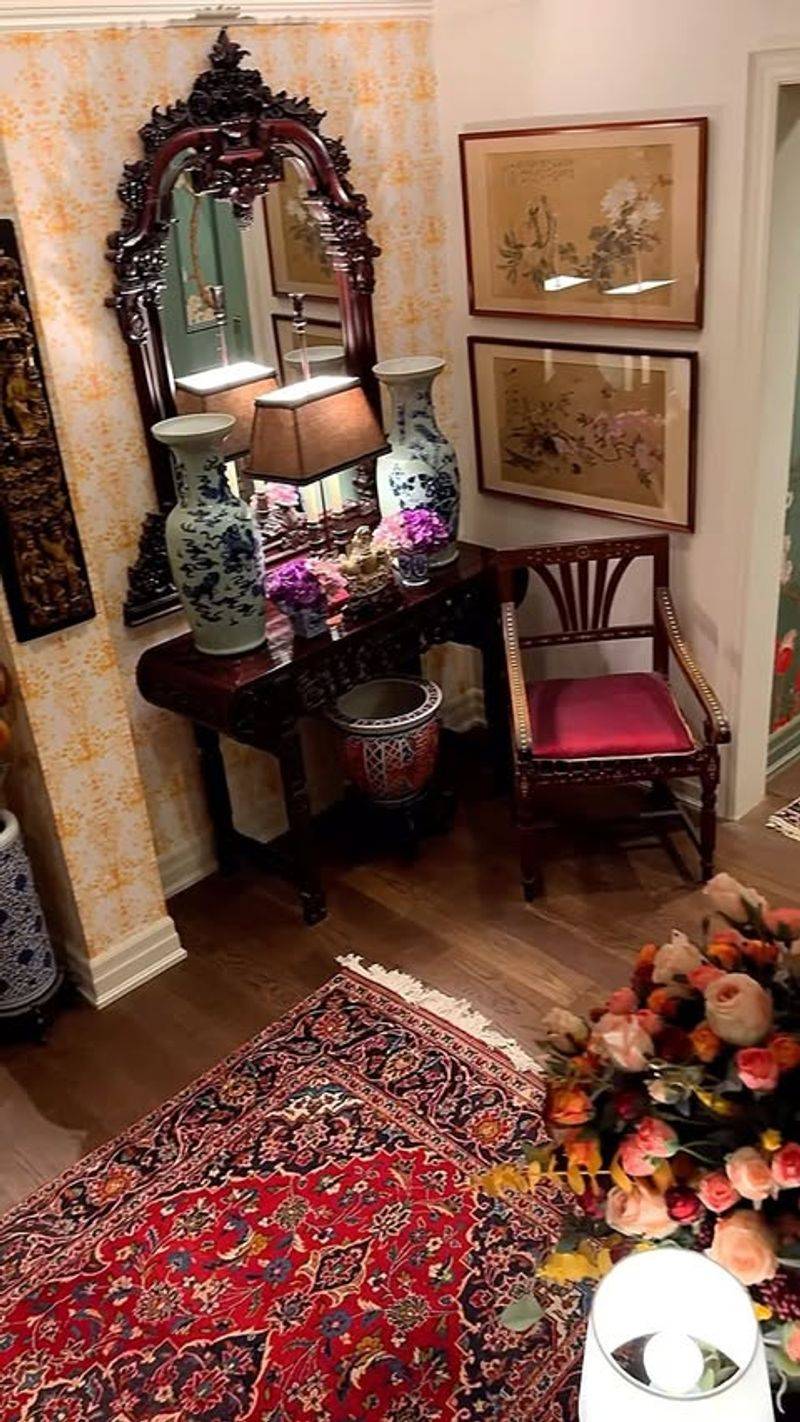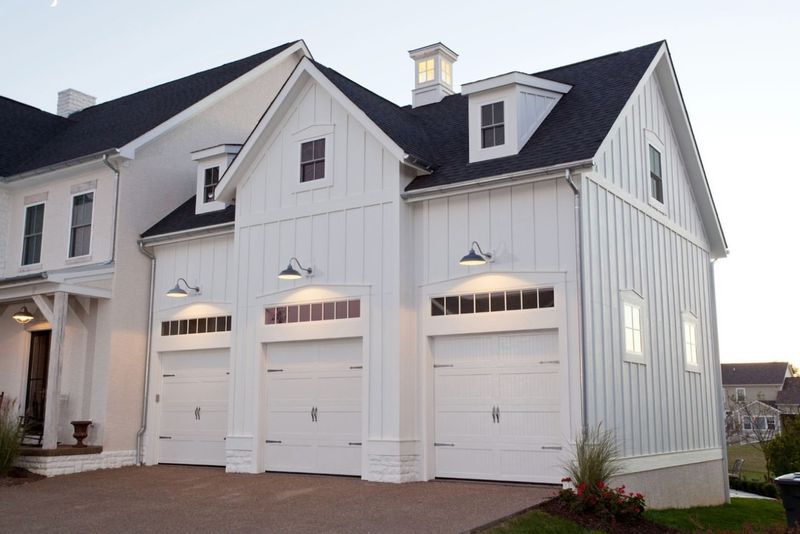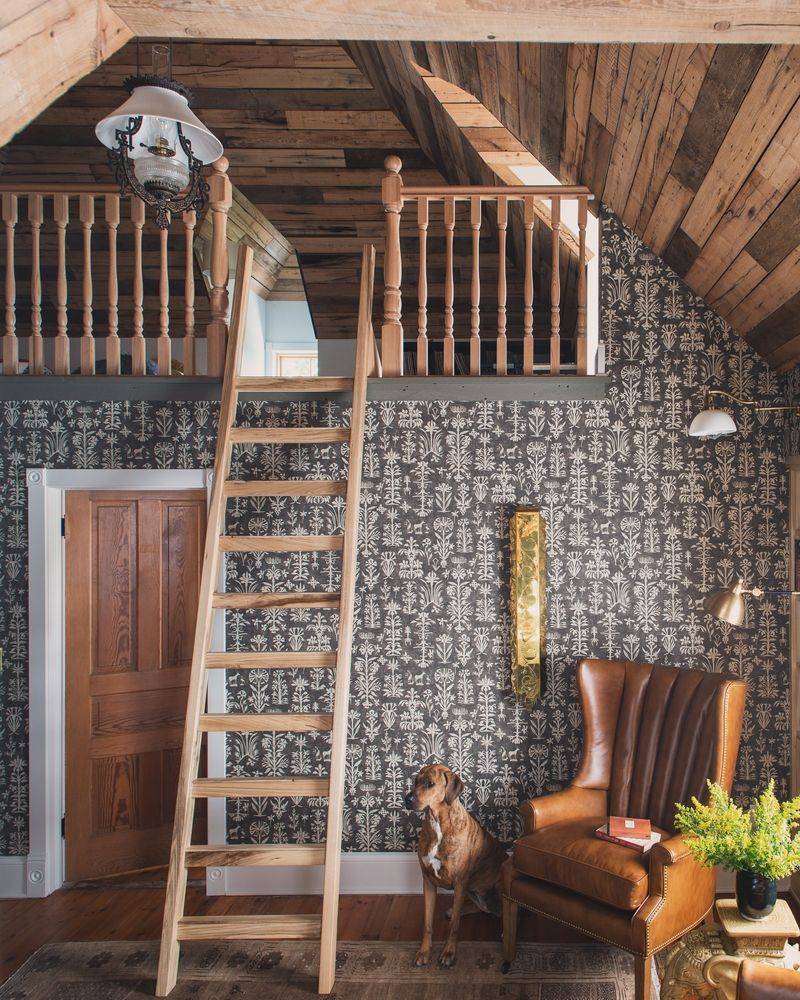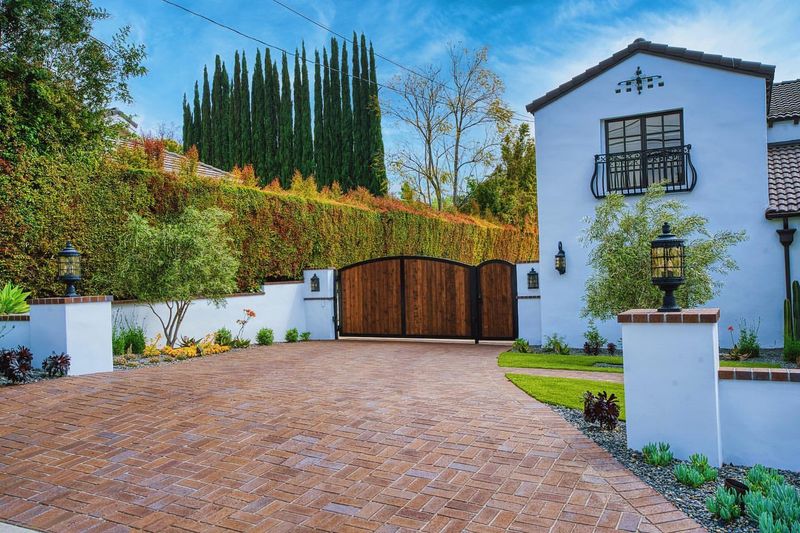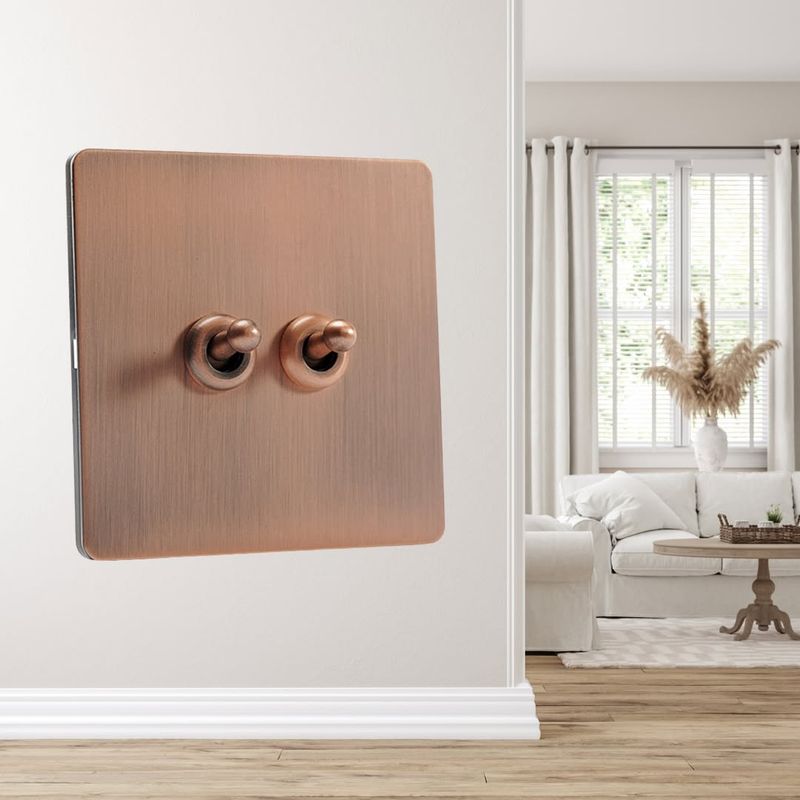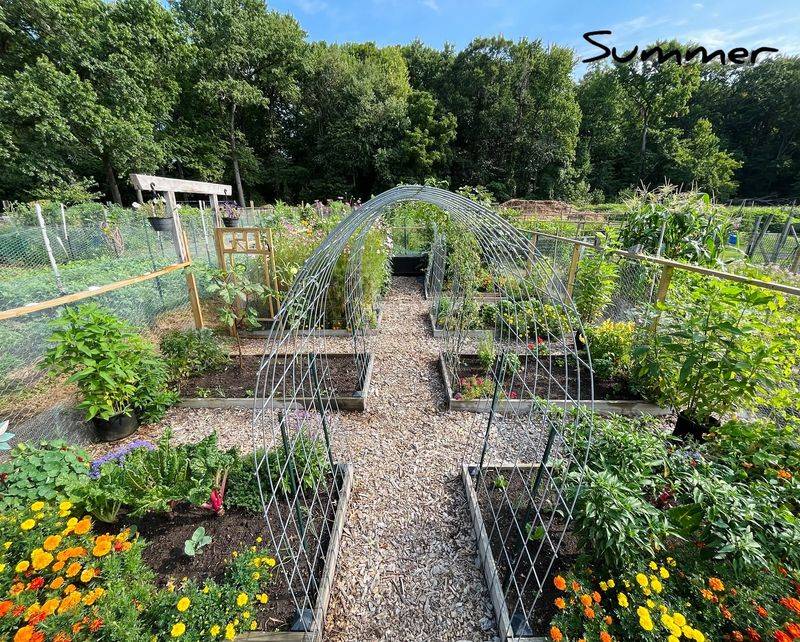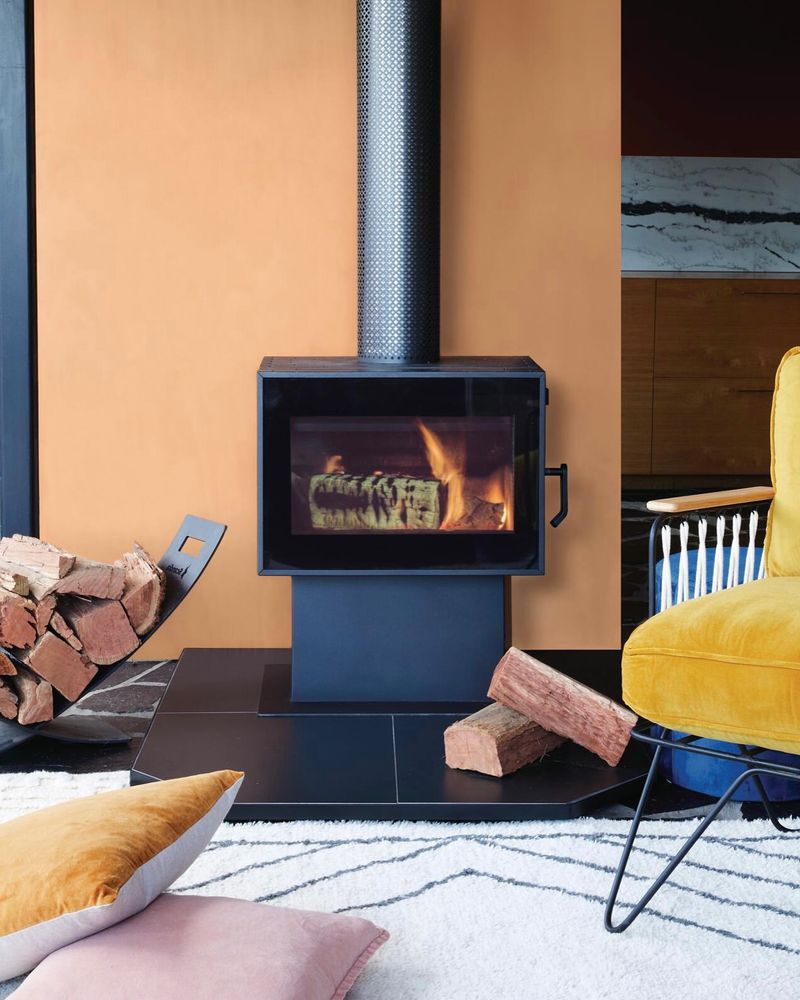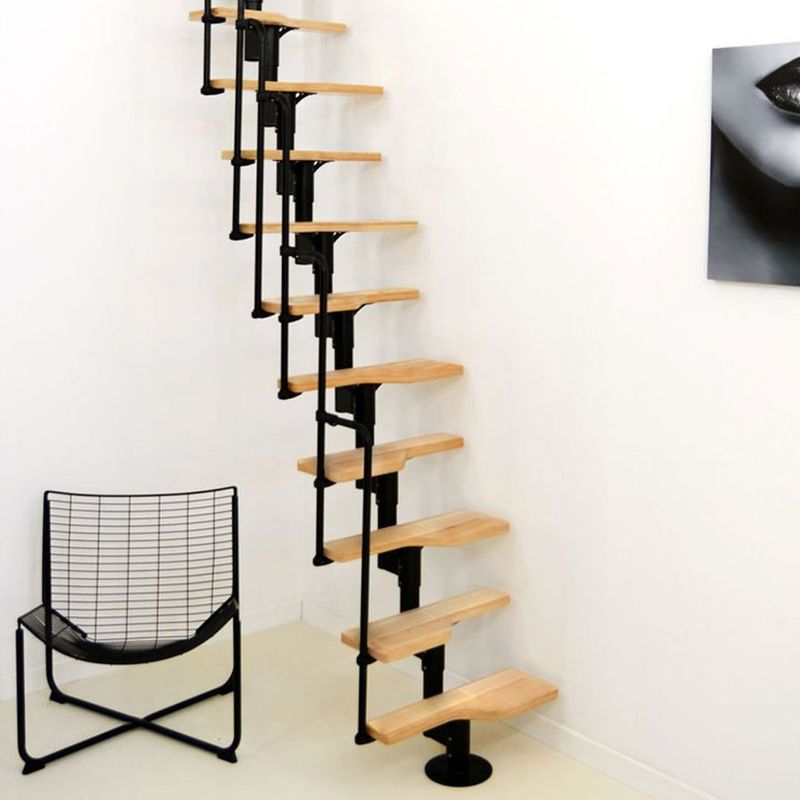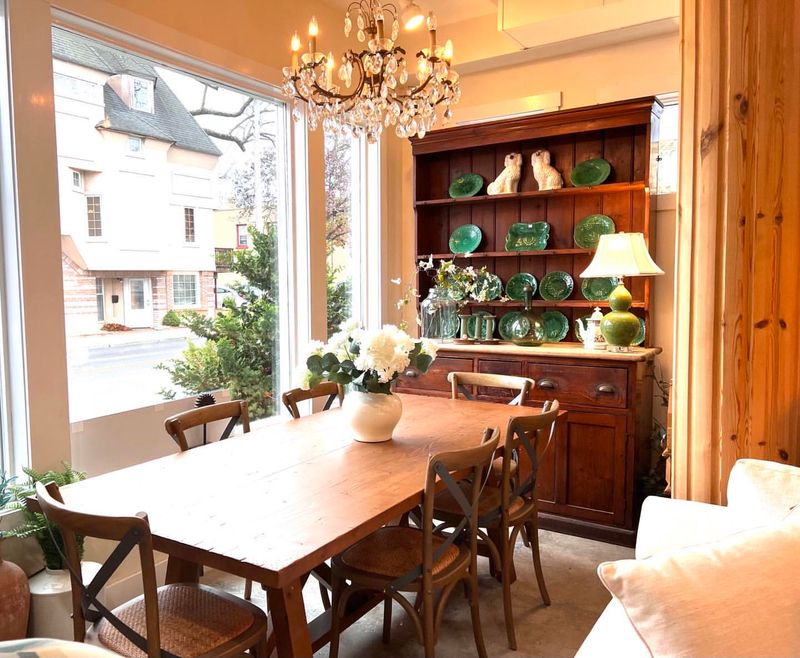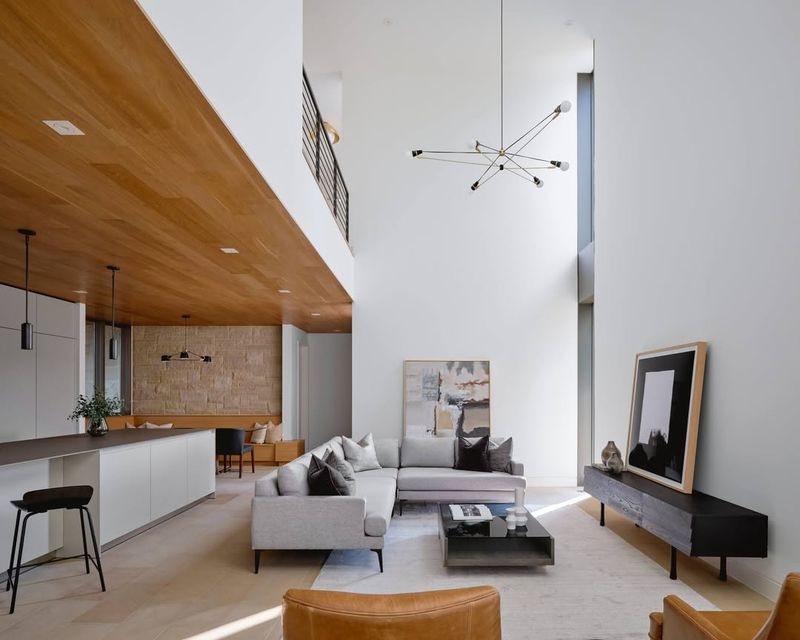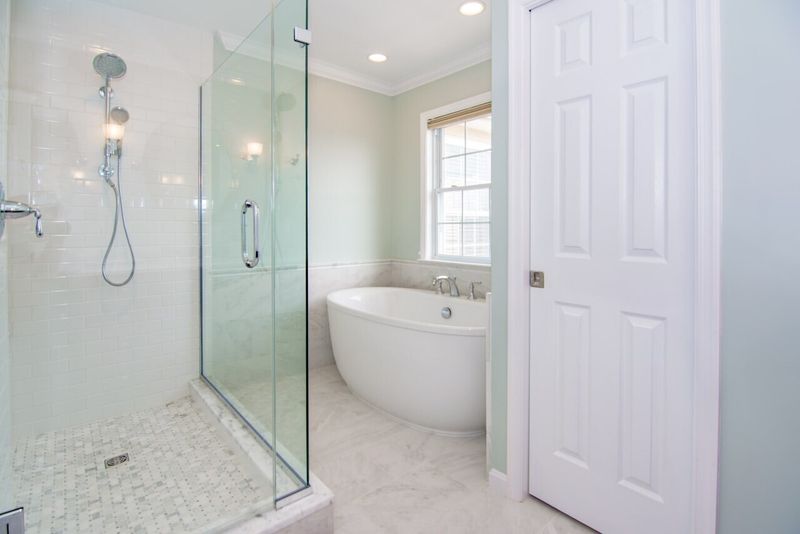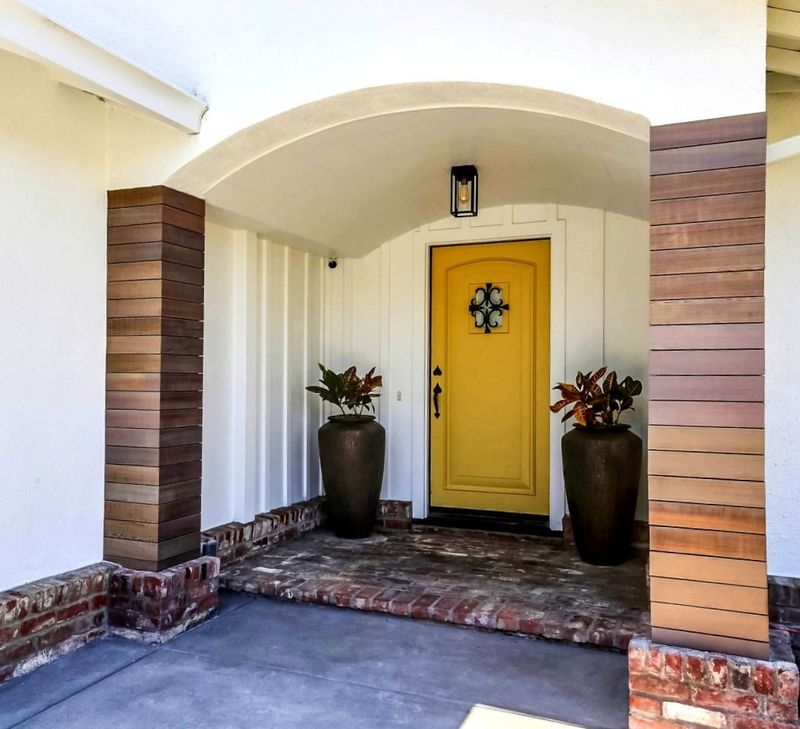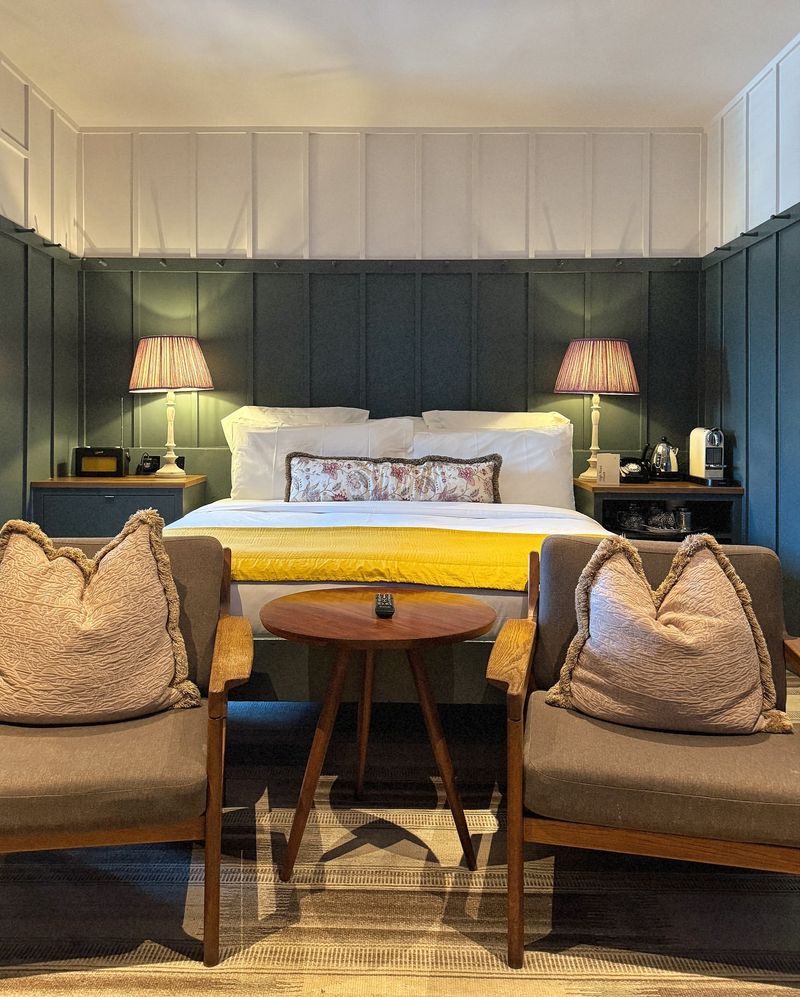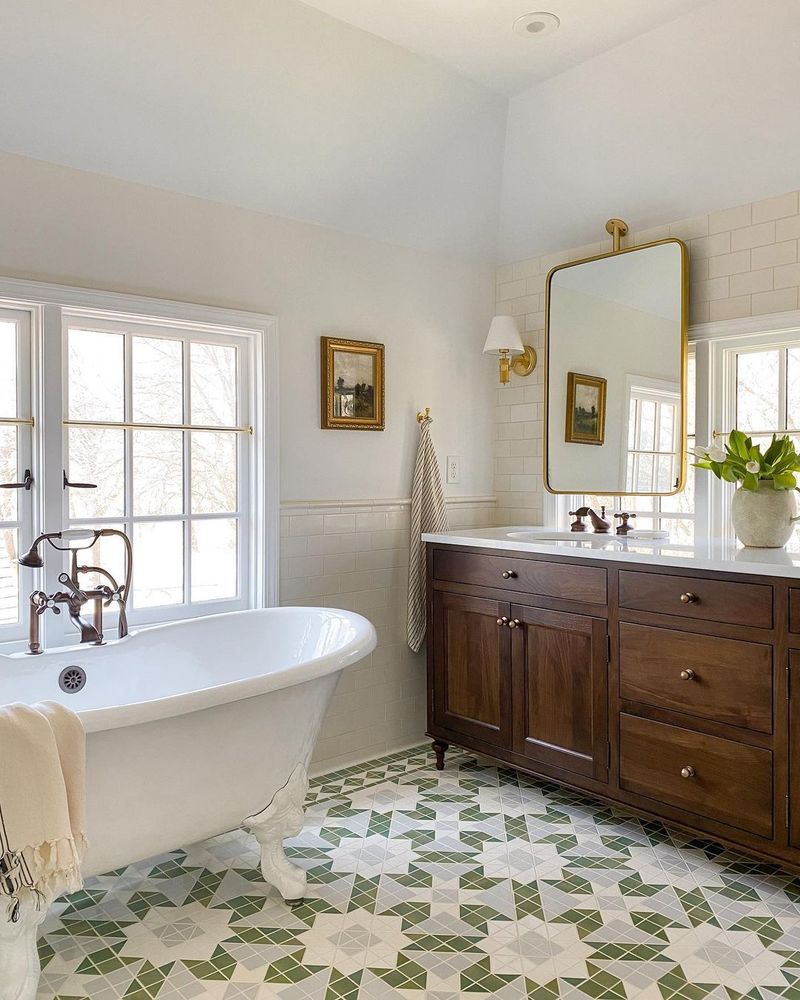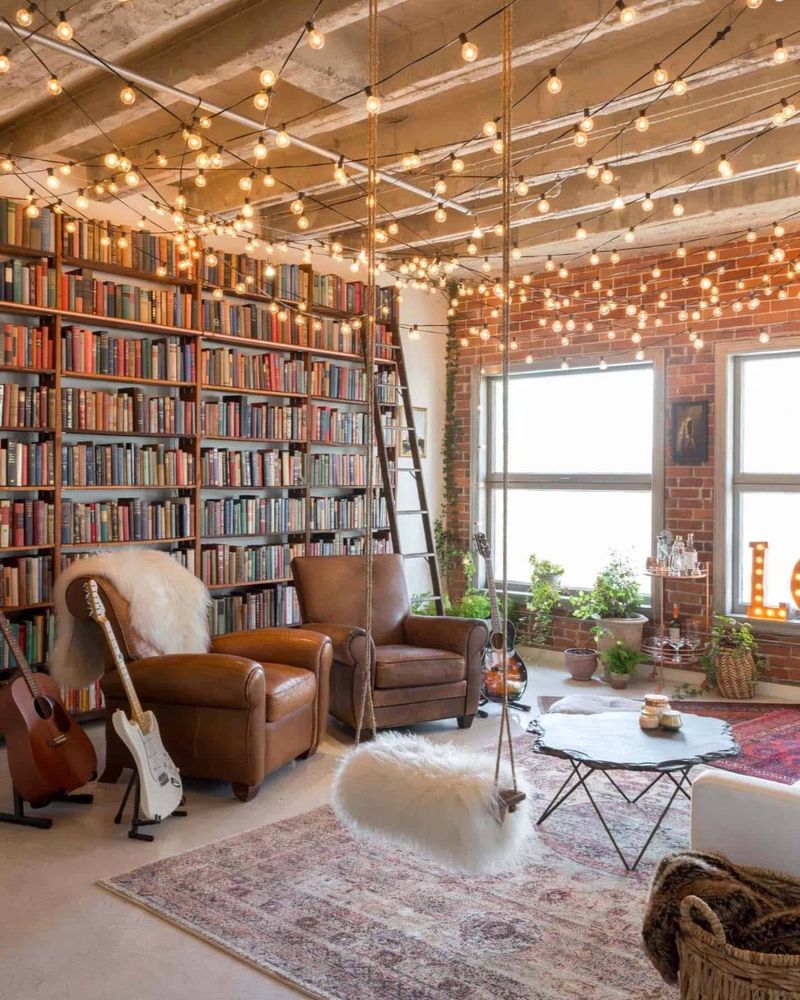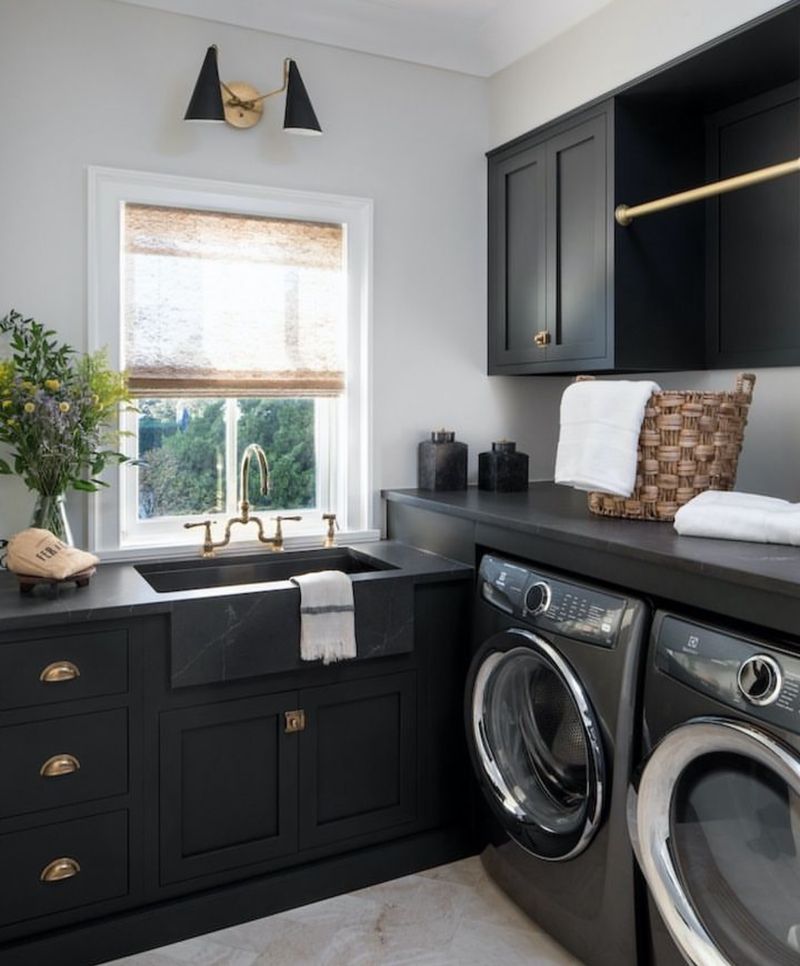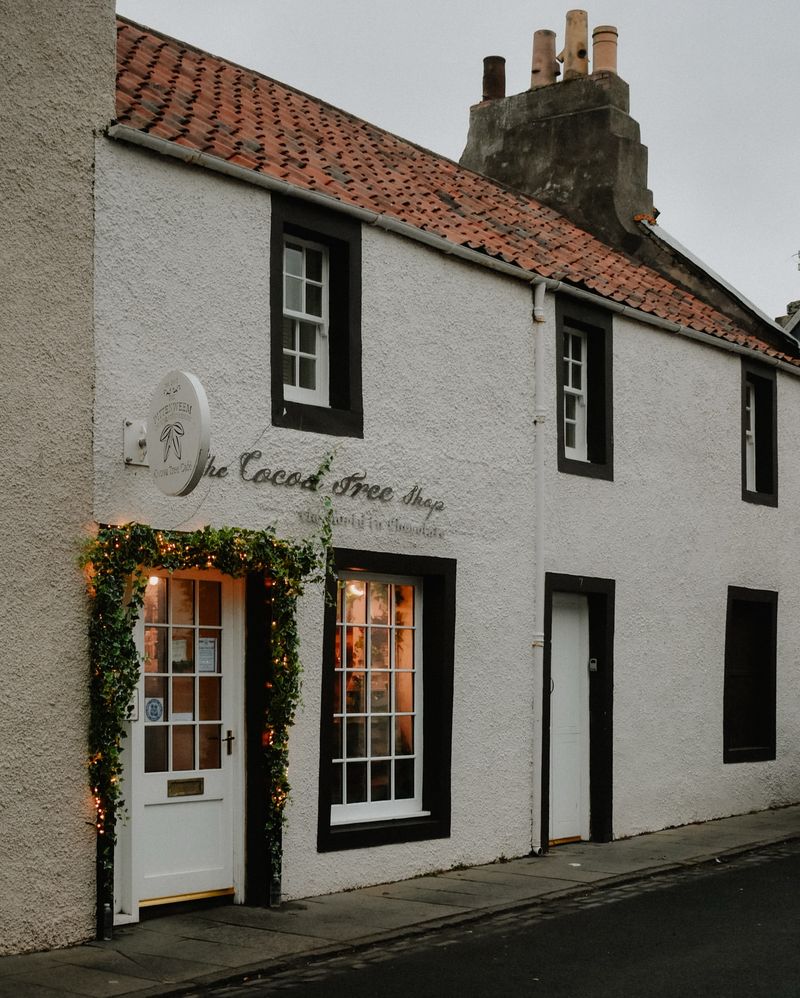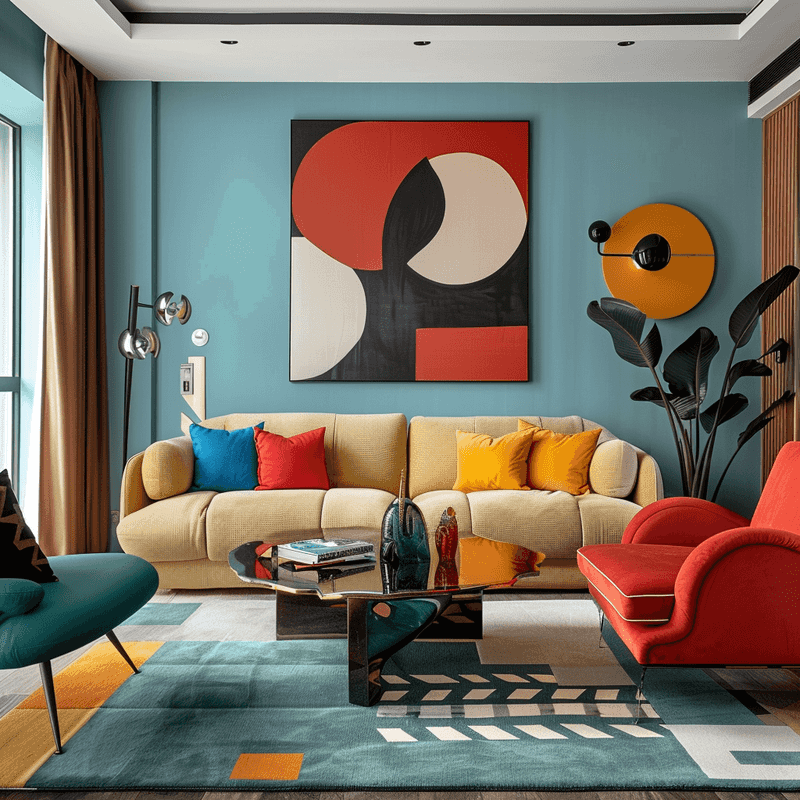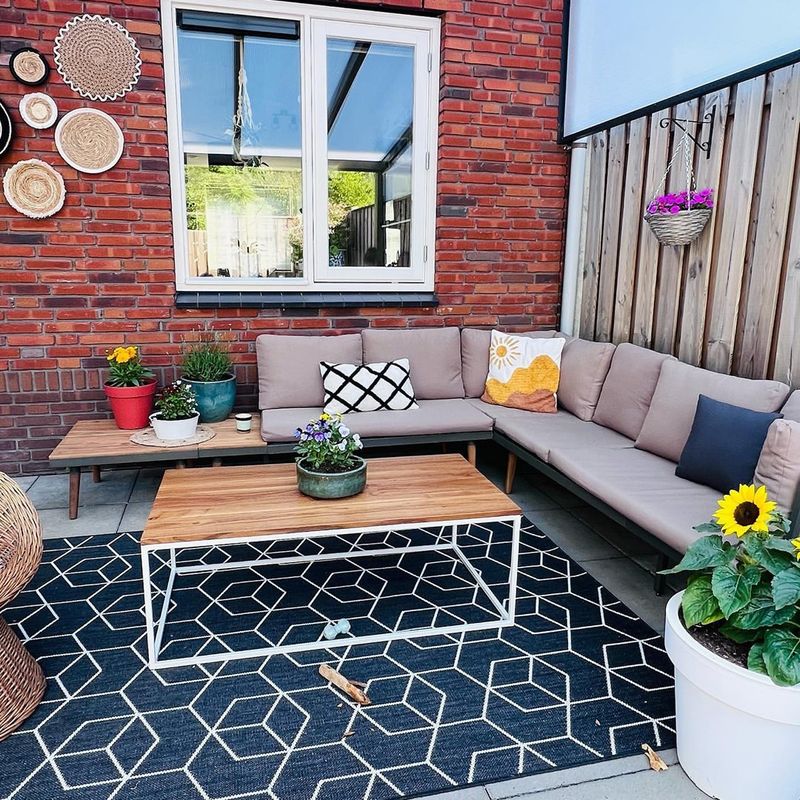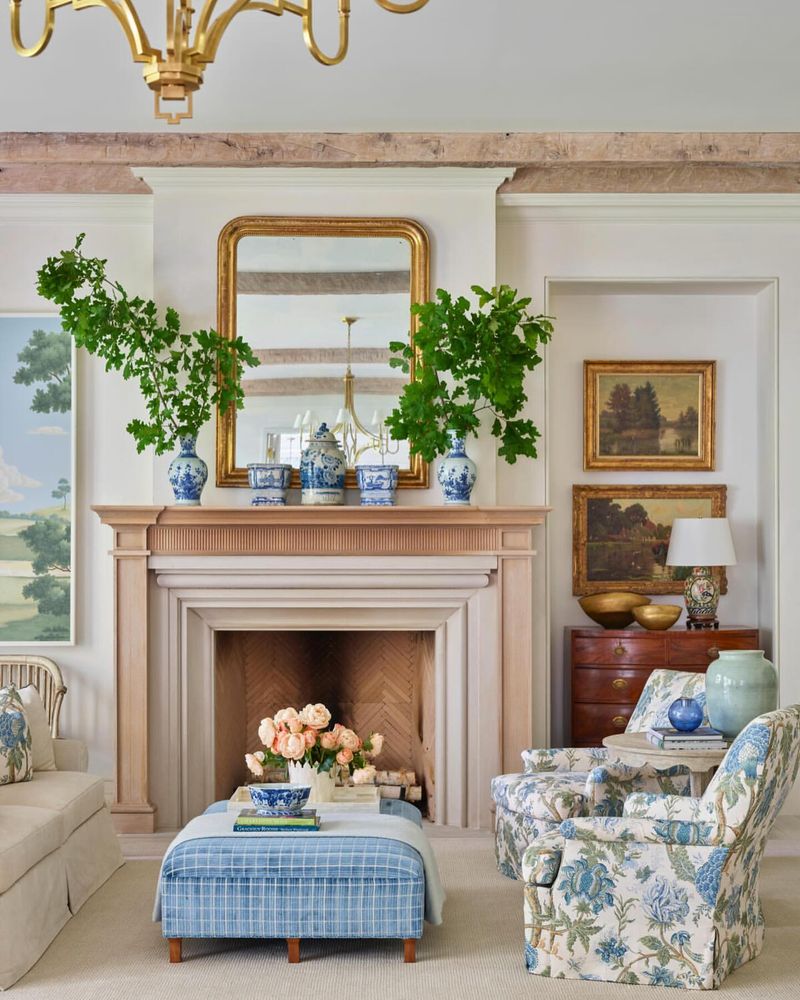Exploring the fascinating contrasts between British and American homes provides a window into the diverse cultural norms and historical influences that shape our living spaces. From architectural styles to interior design preferences, these differences offer insight into everyday life on both sides of the Atlantic.
Join me as we embark on this whimsical journey through 29 distinct ways British and American homes are truly worlds apart, offering both humor and practical insights along the way.
1. Front Yard Fanfare
In Britain, front yards or gardens are often petite and meticulously maintained, reflecting a love for quaint, charming aesthetics. This might mean hedges trimmed just so, or a delightful array of flowers greeting visitors.
Across the ocean, American homes frequently boast expansive front lawns. Imagine a vast sea of green, sometimes accompanied by a quintessential white picket fence. It’s as if there’s an unspoken competition about who can have the greenest grass. Both styles, however, invite a warm welcome.
2. Bathroom Bliss
Ah, the bathroom—a place of universal importance! In the UK, it’s common to find separate taps for hot and cold water, a quirk that puzzles many visitors.
Picture the dexterity needed to mix the perfect water temperature with just your hands! Meanwhile, American bathrooms typically feature single-mixer faucets, aiming for convenience.
This simple difference highlights varying priorities: tradition versus practicality. Despite this, both bathrooms serve as a sanctuary for relaxation.
3. Kitchen Conundrums
British kitchens often double as laundry rooms, with washing machines tucked neatly under countertops. It’s a space-saving strategy born out of necessity.
Picture the multi-tasking magic happening here! American kitchens, in contrast, are sprawling spaces, often with large fridges and central islands perfect for gathering. The American kitchen is a hub of activity, designed for hosting and culinary exploration.
Each reflects cultural nuances in daily life and family dynamics.
4. Living Room Layouts
Imagine lounging in a British living room adorned with patterned wallpaper and a cozy fireplace. These spaces often exude warmth and intimacy, ideal for quiet evenings.
In contrast, American living rooms might embrace an open-plan design, with modern furniture and ample space for entertainment. It’s a nod to contemporary living, where social interactions are encouraged. Both styles offer unique charms, catering to different tastes and lifestyles.
5. Basement or No Basement?
Basements are relatively uncommon in British homes, often replaced by attics for storage. Picture a quaint home, where every nook is utilized. In America, basements are not just common, they’re often transformed into recreational spaces.
Think game rooms, home theaters, or even personal gyms. This architectural choice reflects cultural differences in how space is utilized, offering insight into the importance placed on leisure and storage solutions.
6. Window Treatments
Window dressings in Britain often lean towards heavy curtains, paired with older-style sash windows. It’s a nod to tradition and offers a certain elegance. In America, you’ll frequently find blinds or shutters, with double-glazed windows providing modern insulation.
This practical approach emphasizes energy efficiency. These choices reveal underlying cultural values: British homes often prioritize aesthetics and tradition, while American homes focus on functionality and innovation.
7. Roof Styles
British homes often sport steeply pitched roofs with chimneys, a classic look harking back to older architectural styles. These designs handle rainfall with ease, standing as monuments to practicality.
Across the pond, American homes might favor gable roofs, sometimes adorned with solar panels. This reflects a modern, eco-conscious trend in homebuilding. Roof styles, though subtle, tell a deeper story of climate adaptation and evolving architectural preferences.
8. Wall-to-Wall Carpeting Quandary
In the UK, wall-to-wall carpeting is often embraced for its warmth and comfort, transforming rooms into cozy havens.
Imagine sinking your feet into a soft carpet after a long day. Conversely, American homes frequently feature hardwood floors, often accented by area rugs that add personality without compromising functionality.
This fundamental difference in flooring preferences highlights contrasting priorities: comfort and tradition versus aesthetics and practicality.
9. Garage Grandeur
Garages in British homes are often small or even nonexistent, with limited space dictating the need for compact living. Picture a quaint driveway with just enough room for a vehicle or two.
In contrast, American homes often boast spacious two-car garages, offering ample room for vehicles, tools, and storage. This contrast reflects differing priorities in space utilization and the cultural importance of car ownership. Both styles serve their purpose uniquely.
10. Attic Antics
In Britain, attics are often utilized as storage spaces or converted into cozy lofts. Picture a snug room filled with books and personal treasures.
It’s all about maximizing space in a charming way. Meanwhile, American homes might transform attics into recreational areas, a space for hobbies or relaxation. This reflects a cultural emphasis on leisure and personalization. Both approaches demonstrate creativity in making the most of available space.
11. Driveway Dynamics
British driveways are often narrow and compact, a testament to the limited space in many neighborhoods. Imagine carefully navigating your car into a snug spot.
On the other hand, American driveways can be wide and spacious, easily accommodating multiple vehicles. This difference speaks volumes about cultural approaches to space and convenience.
Each style caters to its environment, reflecting the unique challenges and opportunities of their respective landscapes.
12. Light Switch Logic
British light switches often operate on a “down for on” logic, a tiny but intriguing quirk that confuses many newcomers.
Imagine the muscle memory adjustment needed! In contrast, American switches follow the “up for on” convention, a straightforward approach that aims for simplicity. These differences in switch orientation, while minor, underscore the unique design preferences and habits that define everyday life in each region.
Both serve their purpose with charm.
13. Thermostat Tactics
In Britain, manual radiator thermostats are common, offering a simple way to control room temperature. Imagine the tactile satisfaction of turning a dial to find the perfect warmth.
Meanwhile, American homes often employ modern digital thermostats, featuring programmable settings for ultimate convenience. This highlights a difference in technological adoption and preferences, with one favoring simplicity and the other embracing innovation. Both provide comfort, tailored to their user’s needs.
14. Garden Variety
British gardens are often a testament to meticulous care, with roses, hedges, and decorative elements creating a charming outdoor retreat. Picture a serene space, perfect for afternoon tea.
Across the pond, American gardens might focus on practicality, often featuring vegetable patches and wooden decks for entertaining. This reflects a cultural difference in how outdoor spaces are valued and utilized. Both styles offer beauty and functionality, tailored to their owner’s preferences.
15. Home Heating Habits
In Britain, traditional fireplaces often serve as the heart of the home, providing warmth and ambiance. Imagine gathering around the crackling flames on a cold evening. Conversely, American homes frequently rely on central heating systems, ensuring consistent warmth throughout.
Difference reflects varying approaches to comfort and energy usage. Both methods offer their own advantages, providing the cozy warmth that every home deserves.
16. Space-Saving Stairs
British homes often feature narrow, steep stairs, a design rooted in maximizing space. Picture the careful navigation required to ascend these charming steps. In contrast, American homes typically boast wide, carpeted stairs, offering a more leisurely ascent.
This reflects differing priorities in home design, balancing space efficiency with comfort. Both styles present their own unique charm, contributing to the distinct character of each home.
17. Mailbox Madness
In Britain, mail is often delivered through a convenient slot in the front door, an efficient and secure method. Imagine hearing the familiar clatter of letters dropping through. Across the Atlantic, American homes typically feature curbside mailboxes, offering a picturesque yet practical solution.
This difference illustrates cultural preferences in design and functionality. Both methods ensure the timely delivery of those all-important pieces of correspondence.
18. Dining Room Delights
British dining rooms often embrace traditional wooden furniture and chandeliers, exuding elegance and formality. Picture a scene reminiscent of a classic family dinner.
Meanwhile, American dining spaces might favor modern designs and open floor plans, promoting casual gatherings and interaction. This contrast highlights differing cultural approaches to dining and socializing. Both styles create inviting spaces for cherished meals and memories, each with its own unique flair.
19. Ceiling Heights
British homes often feature cozy, low ceilings, contributing to a warm and intimate atmosphere. Imagine a snug room that feels inviting and personal.
In contrast, American homes might boast high ceilings and large windows, creating a sense of spaciousness and openness. This difference reflects varying architectural priorities and cultural preferences. Both styles offer their own unique appeal, enhancing the character of each home.
20. Bathroom Layout Logic
In Britain, bathrooms often feature separate showers and bathtubs, a layout that prioritizes versatility and luxury. Picture the option to choose between a relaxing bath or a quick shower. Conversely, American bathrooms frequently combine the shower and tub, maximizing space and convenience.
This reflects differing cultural values in bathroom design, balancing functionality with comfort. Both layouts provide their own unique benefits, enhancing the overall bathroom experience.
21. Front Door Designs
British front doors often boast bright colors and traditional knockers, adding a splash of personality and charm. Imagine a bold red or blue door that catches the eye.
Meanwhile, American homes typically feature classic wooden doors with modern handles, exuding timeless elegance. The difference is in emphasizing tradition versus modernity. Both styles create inviting entrances, welcoming visitors with warmth.
22. Bedroom Basics
British bedrooms often feature cozy duvets and traditional decor, creating a warm and inviting retreat. Imagine snuggling under a plush duvet on a chilly night.
In contrast, American bedrooms might boast king-size beds and contemporary furnishings, emphasizing comfort and style. This difference highlights varying priorities in bedroom design, balancing coziness with luxury.
Both styles offer their own unique appeal, providing a peaceful haven for rest.
23. Tile Trends
In Britain, traditional patterned tiles often adorn kitchen floors and walls, adding character and charm. Picture a design reminiscent of classic country kitchens. Meanwhile, American kitchens might feature sleek, modern tiles, emphasizing simplicity and functionality.
The difference reflects varying cultural preferences in kitchen design, balancing tradition with innovation. Both styles offer their own unique benefits, enhancing the overall aesthetic and functionality of the kitchen.
24. Loft Love
British lofts are often converted into functional living spaces, maximizing available room. Picture a cozy loft filled with books and personal treasures. Meanwhile, American lofts might serve as spacious living areas, offering additional space for relaxation and entertainment.
This reflects differing cultural approaches to home design, balancing space efficiency with leisure. Both styles demonstrate creativity in utilizing loft spaces, enhancing the overall functionality and charm of the home.
25. Laundry Locations
In Britain, it’s common to find washing machines tucked away in the kitchen, a space-saving strategy born out of necessity. Imagine the convenience of multi-tasking while preparing dinner.
Across the Atlantic, American homes often boast dedicated laundry rooms, offering ample space for washing and drying. This difference reflects cultural priorities in space utilization, balancing practicality with convenience. Both setups serve their purpose, ensuring clean clothes with ease.
26. Chimney Choices
British homes often feature traditional chimneys, adding character and charm to the facade. Imagine the comforting sight of smoke curling into the sky on a chilly evening.
Meanwhile, American homes might opt for modern electric fireplaces, offering convenience and energy efficiency. This reflects differing cultural preferences in home heating, balancing tradition with innovation. Both styles provide warmth and ambiance, enhancing the overall comfort of the home.
27. Interior Color Preferences
British interiors often feature warm, muted wall colors, creating a cozy and inviting atmosphere. Picture soft, earthy tones that soothe the senses.
In contrast, American homes might embrace bold, vibrant hues, adding personality and flair. This difference reflects varying cultural preferences in interior design, balancing comfort with creativity.
Both styles offer their own unique appeal, enhancing the overall character and ambiance of the home.
28. Backyard Basics
British backyards are often small and well-tended, offering a charming outdoor retreat. Picture a cozy garden space perfect for afternoon tea. Meanwhile, American homes might boast large, open backyards with patios, providing ample space for relaxation and entertainment.
This difference reflects varying cultural priorities in outdoor living, balancing intimacy with openness. Both styles offer their own unique benefits, enhancing the overall outdoor experience.
29. Decor Details
British homes often embrace antique furniture and traditional decor, exuding elegance and history. Picture a room adorned with heirloom pieces and timeless charm. Meanwhile, American homes might favor modern furnishings and contemporary art, emphasizing style and innovation.
This difference reflects varying cultural preferences in home decor, balancing tradition with modernity. Both styles offer their own unique appeal, enhancing the overall aesthetic and atmosphere of the home.

